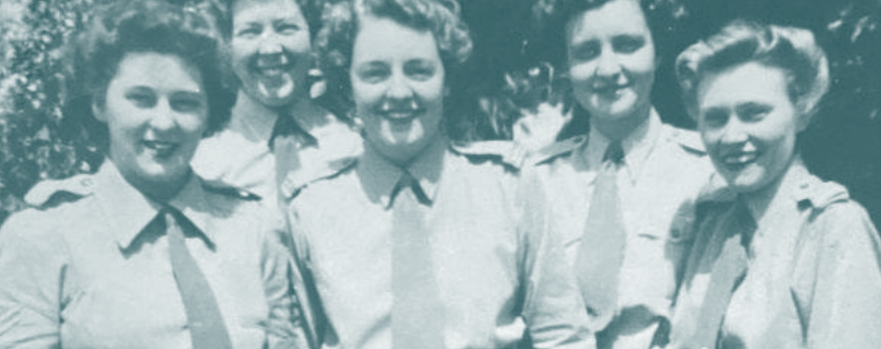The Office of National Intelligence was formally established in 2018 as an evolution of the former Office of National Assessments. We carry on this organisation's legacy and seek to maintain the same reputation for analytical excellence and an unwavering focus on supporting senior decision-makers.

Our legacy
The Office of National Intelligence, in its current iteration, is a relatively new organisation but one with a long history. We were formally established in 2018 as an evolution from the former Office of National Assessments. Our new form reflects the recommendations of the 2017 Independent Review of the Intelligence Community and our widened intelligence community leadership mandate.
The Office of National Assessments was established in 1977 and commenced work the following year. It had its own foundations in intelligence assessment bodies that emerged during and after the second world war. Today, we still carry on its proud legacy of analytical independence, intellectual rigour and the stewardship of intelligence priorities.
We believe the Office of National Intelligence is the only intelligence assessment agency in the world with statutory independence protecting the integrity of its analysis. We owe this to Justice Robert Hope, whose first Royal Commission on Intelligence and Security (1974-77) recommended the formation of the Office of National Assessments as an independent agency to provide intelligence assessments on political, strategic and economic issues directly to the Prime Minister.
